A starring role at Cameo Dental Specialists
What can you tell us about your background?
I was born and raised in the western suburbs of Chicago, Illinois. I attended Benedictine University where I received my BS degree with honors. I was accepted into the University of Illinois at Chicago (UIC) College of Dentistry for my DDS and BSD. Fortunately, I was accepted into the endodontic program at UIC and completed my specialty degree in 2003. My next hurdle was completing my Diplomate from the American Board of Endodontics in 2008. Since graduation, I have maintained an associate professor position at UIC College of Dentistry, and I was on the Alumni Board of Directors for the College of Dentistry.
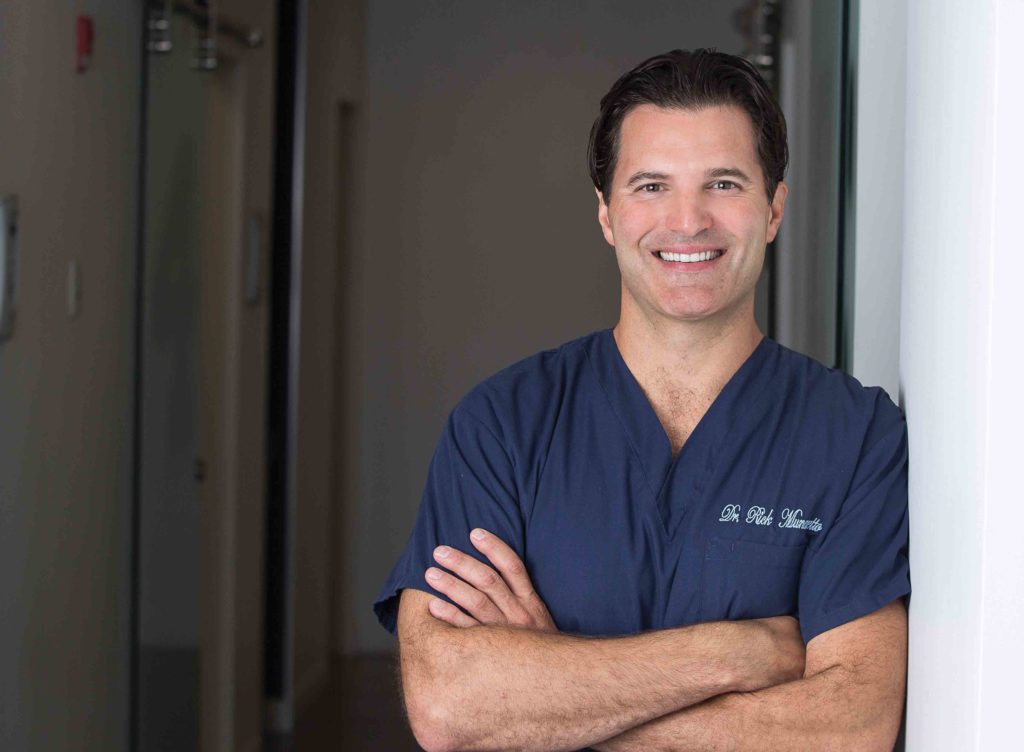
Is your practice limited to endodontics?
My personal practice is limited to endodontics and implant dentistry. After completion of my Diplomate in 2008, I started my implant practice after I realized I could do more for my patients. We were getting a lot of consultations on teeth with a very poor prognosis. Placing implants really makes a clinician see both sides of the coin. I can make a very neutral decision for every case because I have no preference or bias. The problem for some specialists is like the old saying, “If all you have is a hammer — everything looks like a nail.” This ability makes the patients very comfortable because if the tooth requires extraction, I can perform this procedure, and they are not in limbo. It’s a very nice service to offer to our referrals, and we have been very successful with our outcomes. See our website here: https://www.cameods.com

When did you decide to focus on endodontics?
During my college years, I started dental assisting at Cameo Endodontics for my father, Dr. Richard Munaretto, and my uncle, Dr. Raymond Munaretto. This opportunity really allowed me to experience private practice endodontics and learn about the specialty. During that time in 1996, I went with my father to Dr. Kim’s course on using the microscope for surgical endodontics at the University of Pennsylvania School of Dental Medicine. That course was an eye-opener for me, and my father was sold on the dental operating microscope. Honestly, I explored every specialty in dentistry, so I spent as much time in those clinics as possible. I was fortunate enough to work in the periodontal clinic every Friday one-on-one with a periodontist during my fourth year of dental school. I really enjoyed it because I greatly increased my surgical knowledge, but I was drawn back to the endodontic department. Dr. Nijole Remeikis was my preclinical instructor, and he made a big impact on me going into endodontics at UIC College of Dentistry in 2001.
Why did you decide to focus on endodontics?
When I worked at Cameo Endodontics, it was a busy office, accepting emergencies, treating trauma cases, draining abscesses, and ruling out difficult diagnostic cases. My father and uncle were instructors at Loyola Dental School and were very well respected in the area. The introduction of the microscope to Cameo Endodontics in 1996 added to my interest in the field. The technical difficulty of endodontics, pain management, and endodontic microsurgery were my main interests. Additionally, I observed the residents under Dr. Kim at Penn placing implants, and I thought that could be an option for me. I really liked the preclinical endodontic course, and I was able to see many endodontic cases during dental school which sealed the deal.
Do you get many practice referrals?
Cameo Dental Specialists, LLP, is a specialty dental practice that relies on general dentist referrals for 90% of our cases. We have been in business for 40 years, and we do receive patient referrals on a daily basis.
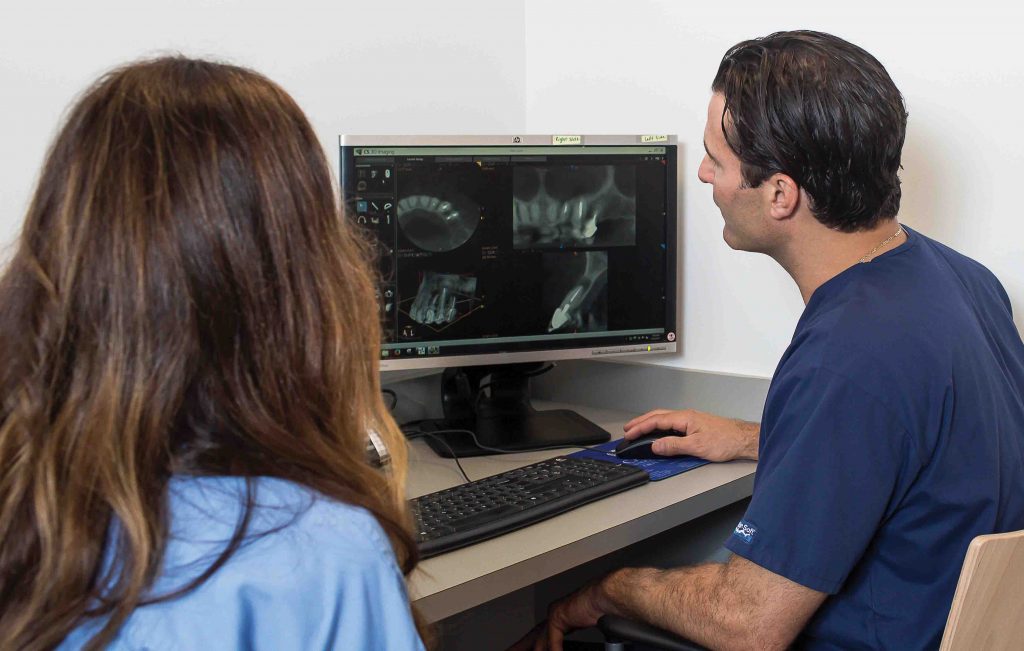
How long have you been practicing, and what systems do you use?
I have been in endodontic practice for 15 years. During that time, I have built very strong relationships with Dentsply Sirona, ZEISS medical technology, Nobel Biocare®, Carestream imaging, and Benco Dental. I have been a Key Opinion Leader (KOL) for Dentsply Sirona for the past 3 years, and I solely use their endodontic line. I primarily use ProTaper Gold®, Vortex Blue® and WaveOne® Gold for instrumentation. We utilize ZEISS microscopes in our endodontic operatories; we just bought two of their new EXTARO® 300 scopes. The new ZEISS EXTARO 300 design is great and ergonomic, so we have been very happy with it. For the past 5 years, the only implant system I place is the NobelActive® system. Our practice owns five Carestream CBCT units, and we have been really pleased with the integration into our system along with their digital sensors. Benco Dental has been great helping us design, equip, and build our four practice locations. We are fortunate to have wonderful representatives from each of these companies in our area.
What training have you undertaken?
I have been very active with CE from the day I left residency. I attend the AAE Annual Session almost every year, Seattle Study Club national meetings, Edgar D. Coolidge Endodontic Study Club meetings, Windy City Seminars meetings, and when I can, the Chicago Dental Society meetings. In 2008, I completed an international hands-on course on implant placement through IMTEC Implant Systems and received 36 hours of CE credit. The course was an intense week where the four of us placed 54 implants and performed 12 internal sinus lifts. It is very difficult to get that kind of experience here in the states.
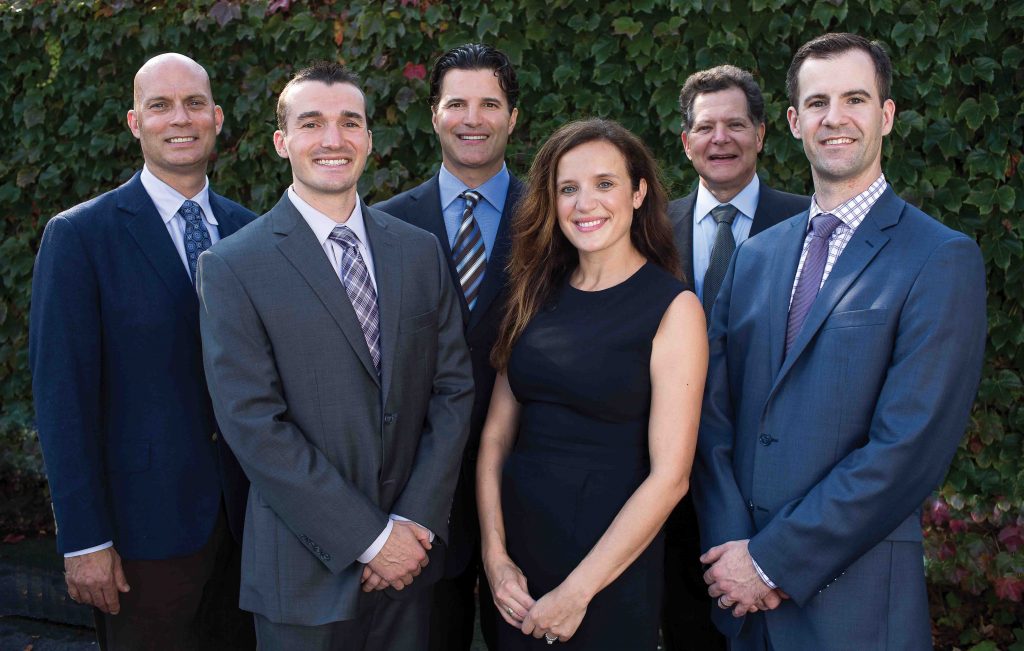
What is unique about your practice?
In 2003, I joined Cameo Endodontics, LTD, located in the western suburbs of Chicago, with my father, my uncle, and Dr. Keith Sommers. We had a single location with four endodontists, five operatories, and two microscopes. I had always been interested in being involved with a dental study club and the vision of multidisciplinary care. Then in 2007, my partner, Dr. Sommers, encouraged me to take a hands-on implant course because he wanted to purchase our first CBCT. We bought our first Carestream CS 9000 unit in 2008 after completing some implant courses and slowly integrated surgical implant placement into our practice. Those two things dramatically changed the way we looked at dentistry. Nobel Biocare encouraged us to start a Seattle Study Club, and we called it Windy City Seminars. The Seattle Study Club opened our eyes to inter-disciplinary care where clinicians work closely together to treatment plan every case. That type of care was the vision for our current practice Cameo Dental Specialists, LLP.
Cameo Dental Specialists is an inter-disciplinary practice with endodontics, periodontics, and oral maxillofacial surgery. We have four practices located in the West Loop of Chicago, River Forest, Berwyn, and La Grange. We have 14 excellent clinicians including 9 endodontists, 2 oral surgeons, and 3 periodontists. This model allows us to come together in one location in order to discuss and treatment plan cases for the most optimal outcome.
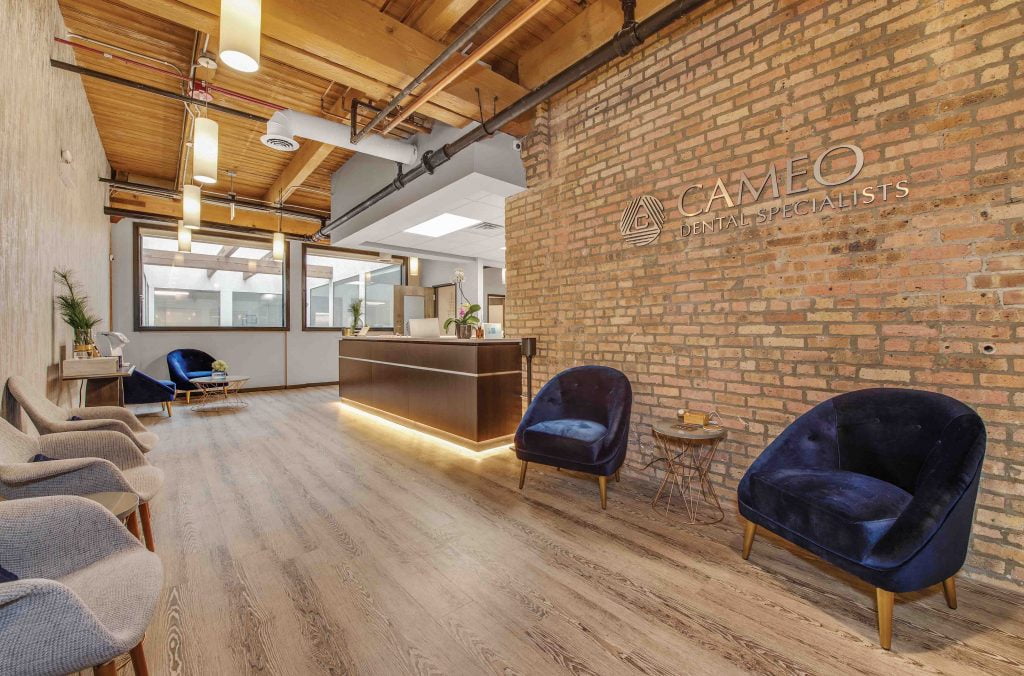
Who has inspired you?
There are several people in my life that inspired me to be my best. My mom always pushed me in school to work hard, and there was no excuse for not going to professional school. My grandfather came to this country from Italy and worked hard to raise four boys in Chicago. He was an amazing man and a barber who (along with my Nonna) raised two endodontists, a lawyer, and a CPA! My high school football coach, Chris Andriano, instilled the qualities of hard work, always leading by example, and no excuses. I have used these values in all aspects of my life and they are why I am here today.
Professionally, my father and uncle were inspiring to watch during those days assisting at the office. They have always been very progressive in endodontics with technology, microscopes, rotary instrumentation, ultrasonics, and CBCT. My father is a great “people person,” and his patients always love him! The faculty at the UIC Department of Endodontics inspired me to achieve my Diplomate and stay on to teach at the department. I currently lecture on the topics of dental traumatic injuries and in the endodontic surgery course. Drs. Chris Wenckus and Brad Johnson encouraged us to reach the top of our profession with Diplomate status through the ABE. Drs. Martin Rogers and Mohammed Fayed were also great mentors in the clinic and with endodontic microsurgery.
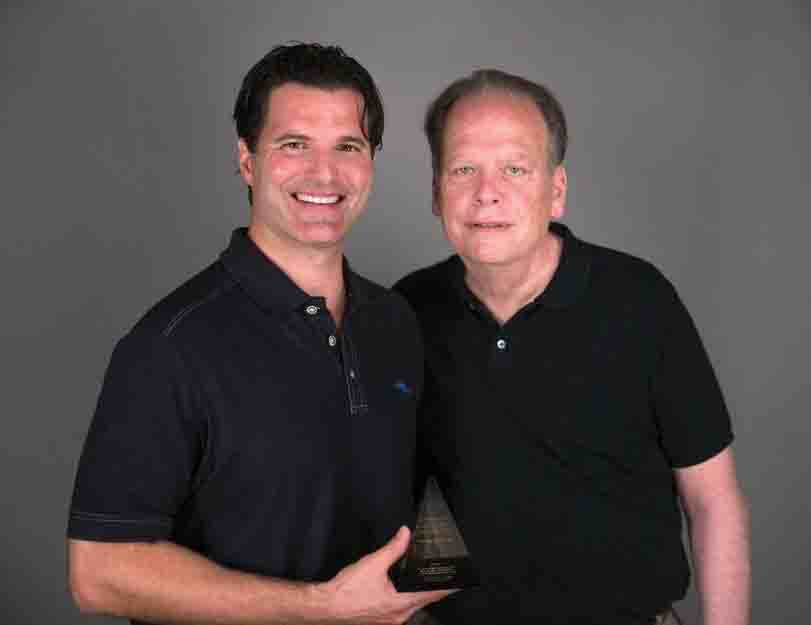
What is the most satisfying aspect of your practice?
I work with an amazing group of clinicians from three specialties in dentistry. My partner, Dr. Vladana Babcic, had the vision to open a brand-new addition to Cameo Dental Specialists in the West Loop of Chicago. This is an incredible endo/perio office that was just featured in Benco Dental’s Incisal Edge magazine. Working with motivated and driven partners like Dr. Babcic is what keeps me going at work. I am so proud of the team we are putting together and the amazing care we can provide for our referrals. We have invested so much mental energy, sweat, stress, and money back into the practice to build something great. The future is looking fantastic for Cameo Dental Specialists.
Professionally, what are you proudest of today?
The Seattle Study Club we started 10 years ago, called Windy City Seminars, makes me very proud. I was very surprised and rewarded with an award from the Seattle Study Club at the 2016 Annual Meeting in Hawaii. The award was for “Best in Study Club Management.” My partner, Dr. Keith Sommers, and I started the first Seattle Study Club run by endodontists in the world. This was a very intimidating journey in a pool of outstanding specialists and an environment of implant-minded treatment planning. The majority of these clubs are fee-for-service doctors that strive for perfection in every case. Windy City Seminars is a diverse club of dentists that collaborates together, shares information, and learns from each other. I am proud to be a board-certified endodontist with a well-rounded dental background.
Top 10 favorites
- Zeiss microscopes
- Apex ID™ electronic WL from Kerr Dental
- CS 9000 CBCT from Carestream Dental
- X-Smart IQ™ cordless motor from Dentsply Sirona
- Dentsply Sirona rotary instruments
- Good old 6% NaOCl and 17% EDTA
- Activated irrigation
- Bioceramic putty
- Dental operating chair
- My chairside dental assistants!
What has been your biggest challenge?
The biggest challenge for our practice is office management and software usage. Our practice has grown into a larger business; thus, we need higher level management. We hired an exceptional business manager about 14 months ago who has turned out to be a blessing. She has taken us to a new level, but we still struggle with office managers. We have not found the software that can handle three specialties, four locations, 14 doctors, and everything that goes into running our practice. Most of them work well for smaller practices and for clinical endodontics applications.
What would you have become if you had not become a dentist?
I was very on the fence between dental and medical school in college. Ultimately, my decision came down to self-employment, life style, and living on my own schedule. I volunteered in the ER at a local hospital for my first 2 years of college, and I really liked the workflow. The medical fields I was most interested in were emergency medicine and ENT. I would have been a medical doctor.
What is the future of endodontics and dentistry?
The field of endodontics continues to develop new techniques, irrigation, instrumentation design, and delivery systems to improve our outcomes. Endodontists enjoy some of the highest success rates for root canal therapy in all of health care. The bigger problems are in orthograde retreatment where obturation materials and debris are obstructing canal space. The canal anatomy in mesial buccal roots of upper molars, maxillary second bicuspids, and lower incisors are main culprits. There are a lot of claims that activated irrigation systems can remove these issues, but it appears those systems are still more effective on initial RCT. We can still improve on our irrigation and delivery systems going forward. I think endodontic microsurgery outcomes have come a long way, and the new bioceramics materials for retrofilling cases are great. The future of dentistry is starting to feel the impact of Dental Service (or Support) Organization (DSO)-affiliated practices and insurance compensation. We will see how this impacts in the future.
What are your top tips for specialty practices?
I would advise picking up the phone and calling other specialists for interdisciplinary treatment. There are so many specialists that practice multidisciplinary care on patients, but the problem is that there is no direct communication. Too many people rely on email, messages, or letters. You would be surprised what you can learn from other general dentists or specialists.
What advice would you give to budding endodontists?
I would get involved in any local dental study clubs. I discussed my involvement with the Seattle Study Club, and I feel this group is on the top of international dentistry. Collaborating with all specialties, general dentists, lab technicians, non-dental leaders, practice experts management, and life coaches from around the world is awesome. I have learned so much with the Seattle Study Club over the past 10 years.
There are some great local endodontic clubs like our Edgar D. Coolidge Endodontic Study Club in Chicago. I have been on the board for the past 5 years; this upcoming year I am the president. The Coolidge Club allows younger doctors to meet local peers, discuss cases, see great speakers, and some years members debate controversial topics in our field. I believe the core of study clubs is the active and evidence-based discussion concerning decisions we face every day.
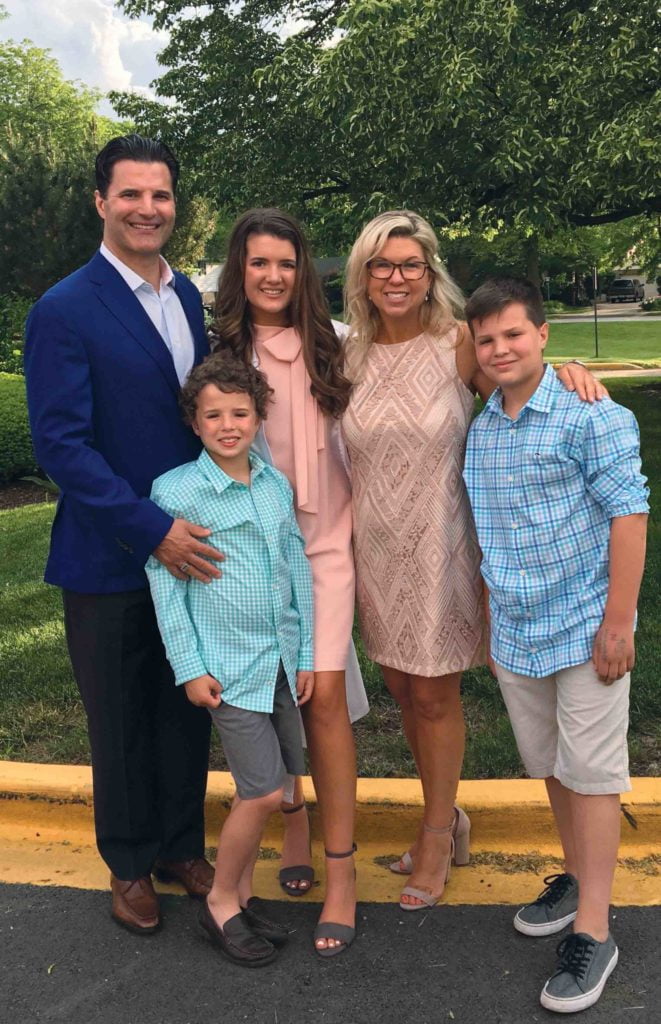
What are your hobbies, and what do you do in your spare time?
I spend the majority of my spare time with my family and coaching youth sports. I have coached travel hockey for the past 6 years for my boys. It has been a great experience for us, and all my work-related stress is gone after stepping on the ice with a bunch of great kids. My favorite hobbies are bow hunting in the mountains, fly-fishing, and martial arts training.
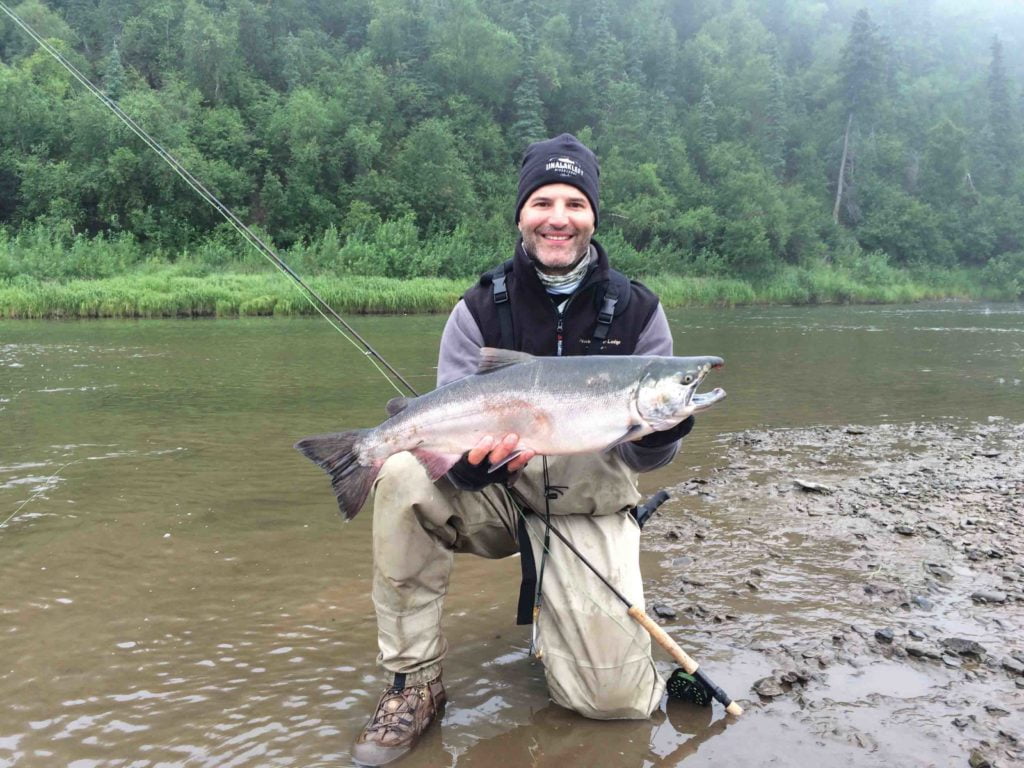
Stay Relevant With Endodontic Practice US
Join our email list for CE courses and webinars, articles and more..

